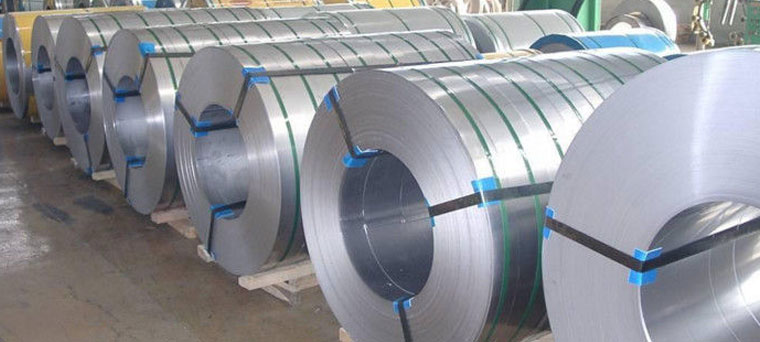
Stainless Steel 410 plates stand as a testament to durability, strength, and versatility in the world of metal alloys. Renowned for their exceptional properties, these plates have become indispensable across a myriad of industrial applications. In this blog, we delve into the characteristics, applications, and advantages of Stainless Steel 410 plates, highlighting their significance in modern engineering and manufacturing processes.
Understanding Stainless Steel 410:
Stainless Steel 410 is a martensitic stainless steel alloy characterized by its high strength, hardness, and corrosion resistance. Composed primarily of iron, chromium, and carbon, with additional elements such as manganese and nickel, Stainless Steel 410 offers a unique combination of properties that make it suitable for a wide range of applications.
Key Properties and Advantages:
1. High Strength and Hardness:
Stainless Steel 410 plates boast impressive mechanical properties, including high tensile strength, hardness, and wear resistance. This makes them ideal for applications requiring robust materials capable of withstanding heavy loads, abrasive wear, and harsh operating conditions.
2. Corrosion Resistance:
While not as corrosion-resistant as austenitic stainless steels, Stainless Steel 410 exhibits good resistance to certain corrosive environments, particularly those involving mild acids, alkaline solutions, and atmospheric conditions. Proper surface finishing and maintenance practices can further enhance its corrosion resistance, expanding its applicability in various industries.
3. Heat Treatment Capability:
One of the defining characteristics of SS 410 is its ability to be heat-treated to achieve desired mechanical properties. Through processes such as annealing, quenching, and tempering, the hardness, strength, and toughness of the material can be tailored to meet specific requirements, offering flexibility in design and fabrication.
4. Machinability and Fabrication:
Stainless Steel 410 exhibits good machinability, allowing for ease of fabrication into various shapes and sizes. Whether it’s cutting, drilling, welding, or forming, Stainless Steel 410 plates can be readily processed using conventional machining techniques, facilitating efficient manufacturing processes and reducing production costs.
Applications Across Industries:
Stainless Steel 410 plates find extensive applications across a spectrum of industries, including:
- Aerospace and aviation: in aircraft components, turbine blades, and engine parts.
- Automotive: for manufacturing engine components, exhaust systems, and automotive trim.
- Petrochemical and chemical processing: in equipment for handling corrosive fluids and high-temperature environments.
- Manufacturing and fabrication: for tooling, dies, molds, and machine parts.
- Construction: in structural components, architectural elements, and building facades.
Conclusion:
Stainless Steel 410 plates exemplify the perfect balance of strength, durability, and versatility, making them indispensable in modern engineering and manufacturing. With their high mechanical properties, corrosion resistance, heat treatment capability, and ease of fabrication, these plates offer a myriad of possibilities across diverse industries. As technology continues to advance and demands evolve, Stainless Steel 410 remains at the forefront of materials science, driving progress and innovation in the pursuit of superior performance and reliability.




